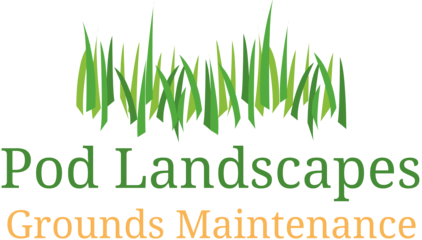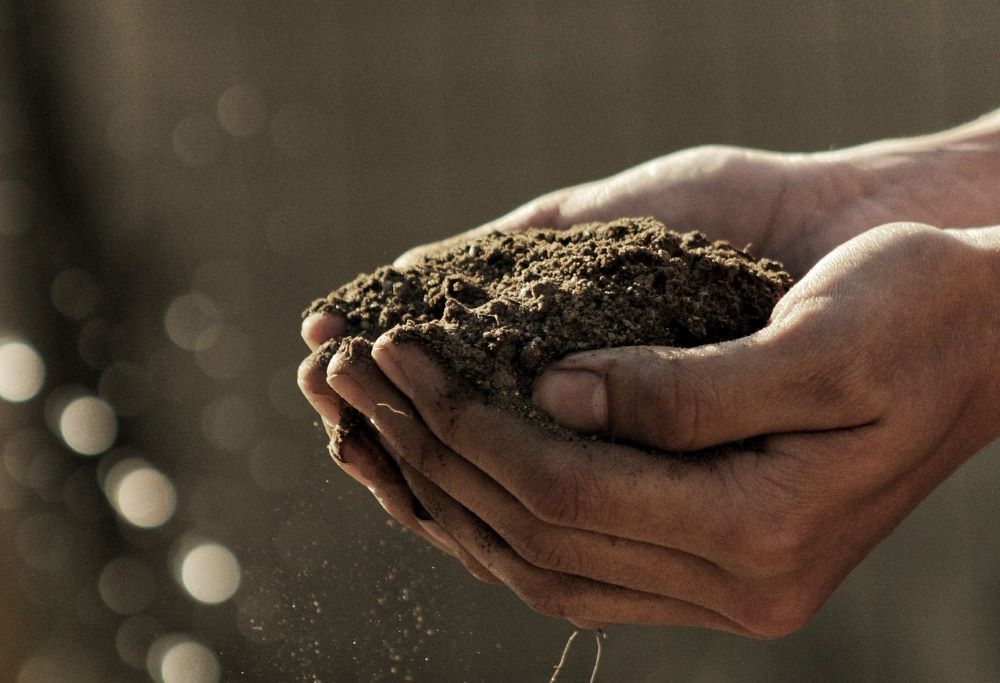If you’ve ever walked across your lawn and felt like you were sinking into a bog, or watched your carefully planted flower beds transform into mini ponds after a heavy rain, you know just how important good drainage is. While plumbing might be the first thing that comes to mind when you hear “drainage,” when it comes to maintaining beautiful grounds, soil drainage is a whole different ball game.
Why is Poor Drainage Such a Problem?
At first glance, a little extra water on your lawns might be nothing more than an annoyance (and a way for muddy footprints to make their way inside), but it can cause you serious problems. For one, waterlogged soil starves your plants of the oxygen they need, killing off plants and leaving bit patches of unhealthy-looking non-growth.
Damp soil that won’t drain is also a breeding ground for pests like mosquitoes or slugs, both of which can cause major problems for your grounds. Finally, if water isn’t draining properly then it can actually wash away soil, which destabilizing your beds and lawns, ruining the overall structure of your outdoor space.
In short, without proper drainage, your beautifully manicured grounds can turn into a muddy mess, and no one wants that!
Warning Signs of Poor Drainage
Before we go into how to fix poor draining issues, let’s look at how to recognise if you have them in the first place. You’ll want to wait for some rain for some of these, but in Britain in January that shouldn’t take long! When you go out into your grounds, keep an eye out for:
- Puddling after rain, especially on lawns or in flower beds. Puddles of water sitting on the surface after the rain has stopped are always a telltale sign of bad drainage.
- Spongy patches in your lawn. If it literally feels like you’re walking on a sponge floor, then your soil is definitely holding too much water.
- Yellowing plants. Or plants that aren’t growing the way they should. After all, plants need oxygen just as much as they need water, and sitting in waterlogged soil essentially suffocates them and stunts their growth.
- Weed problems. If you have a lot of moss, algae or other weeds that thrive in damp conditions, then this is a big clue that your soil isn’t draining as it should be.
How to Prevent Drainage Issues
The good news? Poor drainage doesn’t have to be a permanent problem. With a little planning and the right approach, you can keep your grounds looking healthy and happy all year round. Here’s how:
Know your soil: Did you know there are different types of soil? 6 to be precise – clay, sandy, silty, loamy, peaty and chalky. Each one holds onto water in a different way and drains at different rates, so the first thing to do is know what you’re working with. You can get a testing kit for this if you want, but for the most part, you can check by looking at the soil and running some between your fingers.
Improve your soil structure: Next, work on enhancing the structure of your soil. This will help it to retain and drain water in the right amounts, making it much simpler to manage moving forward. Generally, adding in compost and mulching are good ways to do this for all soil types – it’s all about the amounts. For example, if you have heavy, clay soil, lots of compost or even well-rotten manure will help break it up and water flow more freely. If your soil is very sandy, then organic material will help it to retain just enough moisture for plants while still draining efficiently.
Raise your beds: If you notice that certain areas of your grounds tend to get a bit waterlogged but others don’t, then the best thing to do is raise the flowerbeds in that area. Dips in the ground are natural, but they can create pools of water that aren’t great for your plants or image! Raised beds allows you to control the soil composition and drainage, and make sure that the plants in there don’t get soggy roots after every rainstorm.
Build Slopes and Swales: If you have larger grounds to look after, then natural engineering is your best friend! You can create gentle slopes or swales (which are low, shallow ditches) that guide water away from those problem areas where it tends to pool. This method works with the natural flow of the water and doesn’t need as much maintenance, so it’s a strong option if you’re able to do it.
Use the Right Plants: Believe it or not, the plants you choose can help a lot here. If you have a spot or two that just won’t stay dry no matter what you do, why not embrace it with moisture-loving plants? After all, there are plants that absolutely thrive in waterlogged conditions. Ferns, hostas, rhododendrons, roses and hydrangeas are all solid choices, as well as some types of wild grasses. These plants won’t mind a little extra water and can add beautiful texture and greenery to your grounds.
No one wants to deal with waterlogged grounds, but with a bit of foresight and the right approach, you can prevent drainage issues from turning your outdoor spaces into a muddy disaster. The key is to plan ahead, work with your soil’s natural structure, and make smart choices when it comes to landscaping and plant selection. By keeping your soil healthy and well-drained, your grounds will thrive – lush, vibrant, and beautiful, no matter the weather.
If you need some help with drainage issues on your grounds, or just want to make sure they’re always looking tip top in 2025, give the team at Pod Landscapes a call for your complimentary site visit and consultation.


